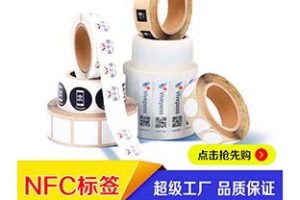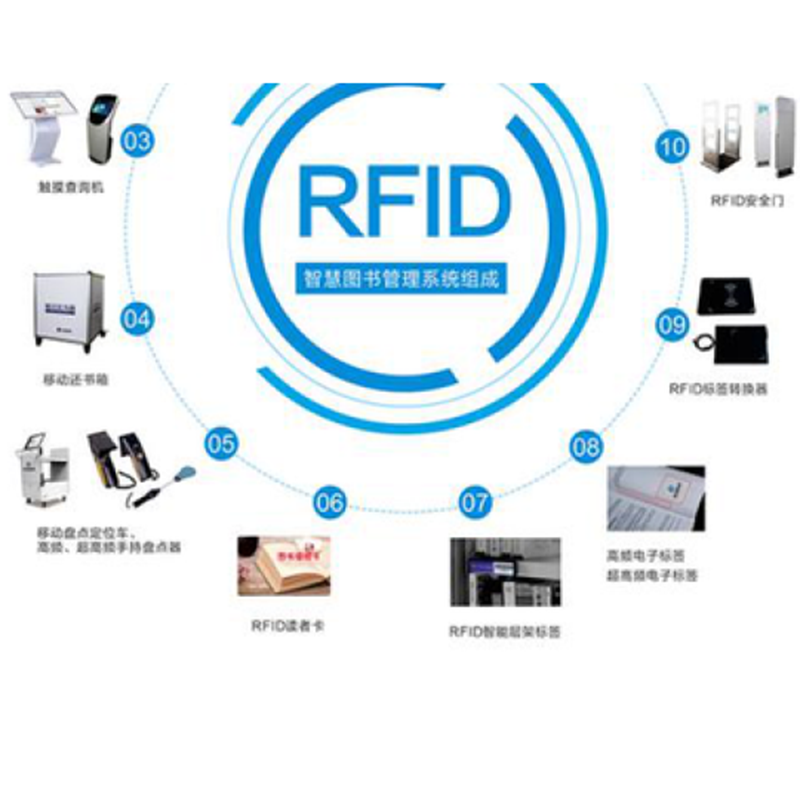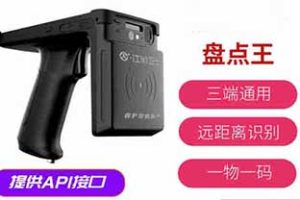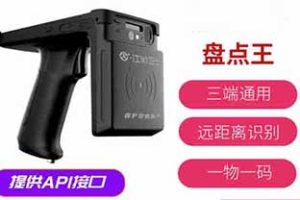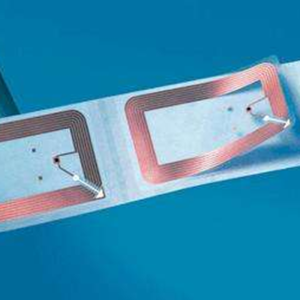
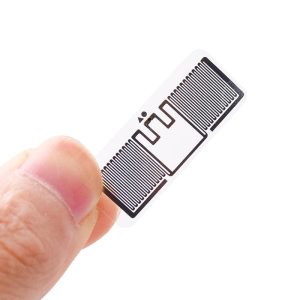
RFID technology warehouse inventory system and its impact on RFID tag reading rate 123
Traditional inventory counting is usually managed by manually recording or scanning barcodes one by one, which is not only time-consuming and laborious, but also suffers from problems such as missing inventory and inaccurate data. Applying RFID technology to inventory counting eliminates these problems. Simply place an RFID reader or RFID handheld device near the item, and it can automatically read nearby RFID tags and transmit data to the system, quickly, batch, and accurately obtaining item information and completing inventory counting, improving efficiency and accuracy.
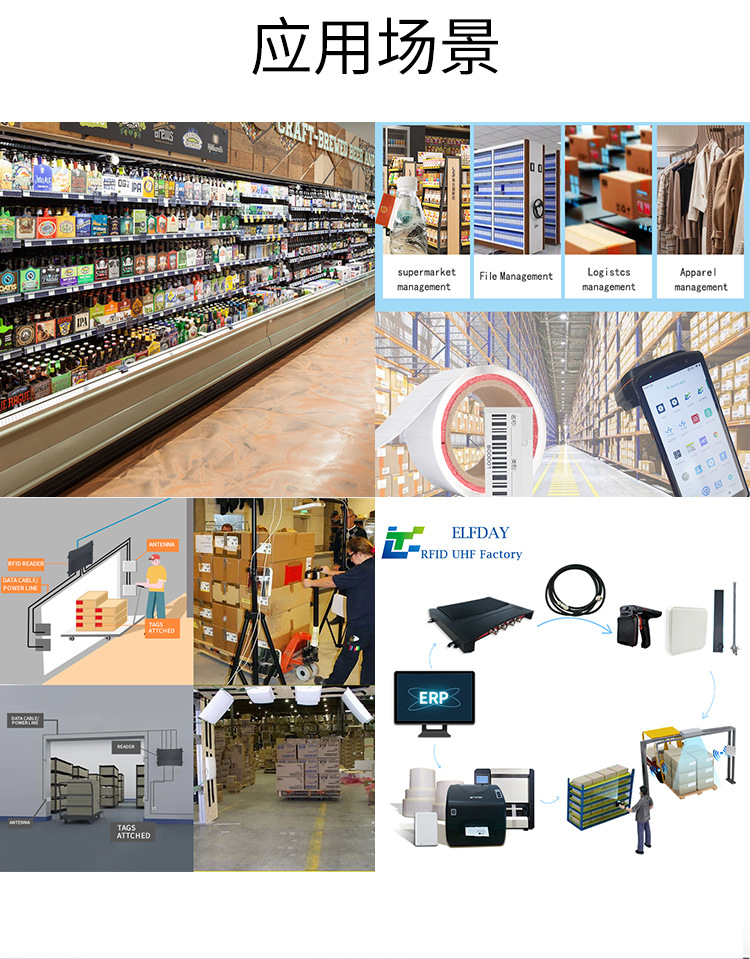
What are the advantages of and its impact on RFID tag reading rate?
1. RFID inventory counting can simultaneously identify and read multiple tags without scanning them one by one, automatically recording the collected data, reducing human input errors, improving inventory speed and data accuracy, and reducing labor costs and error rates.
2. RFID inventory has tracking capability. Through RFID tags, the location and status of items can be understood in real time, which is very important for warehouse management and supply chain tracking. Management personnel can query the system at any time to obtain the storage location and transportation status of items, improving management level. RFID inventory counting is an efficient, accurate, and traceable inventory management method. By attaching RFID electronic tags to each package of goods and writing specific information about the goods in the tags, staff use RFID readers to quickly scan and read the tag information of the goods during various stages of storage operations, thereby achieving rapid identification and inventory of a large number of items, greatly reducing manual errors caused by visual inspection, handwriting, and manual input. Through accurate inventory data management, stable production operation is ensured.
RFID technology warehouse inventory system and its impact on RFID tag reading rate. RFID tags are divided into low-frequency tags, high-frequency tags, and ultra-high frequency tags. Low frequency tags are mainly used in simple access control systems, with a reading distance generally within 20 centimeters; High frequency tags, including NFC series, with good encryption and suitable for close range reading; Ultra high frequency tags are tags that can be read from a long distance, with fast reading speed and anti-collision function. In practical applications, the reading rate of ultra high frequency tags is a very important factor, because in addition to reading speed, batch reading also needs to ensure good reading and no missed readings, thus achieving fine management.
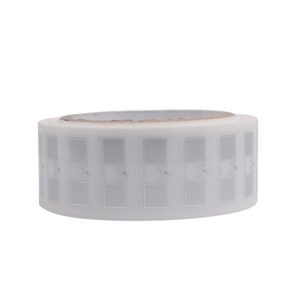
There are many factors that affect the reading rate of RFID tags, especially in actual use, the situation is more complex than imagined. Therefore, in the process of installing and debugging RFID antennas and RFID readers, the position of the antenna, the angle of the item placement, and the position of the reader need to be repeatedly debugged and verified to obtain the best reading distance. The reading range of the RFID reader also needs to be adjusted according to actual needs and kept within a certain range.
Generally, new RFID tags have good performance, fast reading, and low leakage rate. However, if the tags are not used and stored properly, their service life may be shortened. For example, some tags are not resistant to light, and if they are exposed to outdoor sunlight for a long time, their service life will be shorter and need to be replaced regularly. If the tags are used outdoors for a long time, it is recommended to use specific RFID industrial tags, which will have a longer service life.
RFID technology warehouse inventory system and its impact on RFID tag reading rate. Whether RFID tags are missed or not is an important indicator to measure the effectiveness of RFID readers. In the process of data collection, missed readings are a common phenomenon. Why do missed readings occur?

1. Interference of radio signals; 2. Interference from water and metal. RFID cannot be missed or read multiple times. If a tag is read multiple times by a reader/writer within the same range, or if it is in the overlapping area of several readers/writers, being read multiple times by multiple readers/writers will affect the reading and data collection results of the tag.
The reading rate of RFID tags is generally related to the performance of the tag and reader, the arrangement of the antenna, and is also affected by environmental factors.
Welcome new and old customers to call us for inquiries. We support small batch production and customized appearance. We will provide you with 1V1 technical consulting services for free! We have a research and development center of over 3000 square meters in the Shenzhen Guangming Pilot Industrial Base. Our research and development center has 12+laboratories. We welcome new and old customers to call us for consultation. Our company supports small batch customization and packaging design. We have strong research and development capabilities and are a trusted manufacturer. Please feel free to call or contact us sales@molddl.com Consultation, please contact us for free samples!
This article is included in Baidu Wenku. Our company supports small batch customization, packaging design, and contract processing
ng

